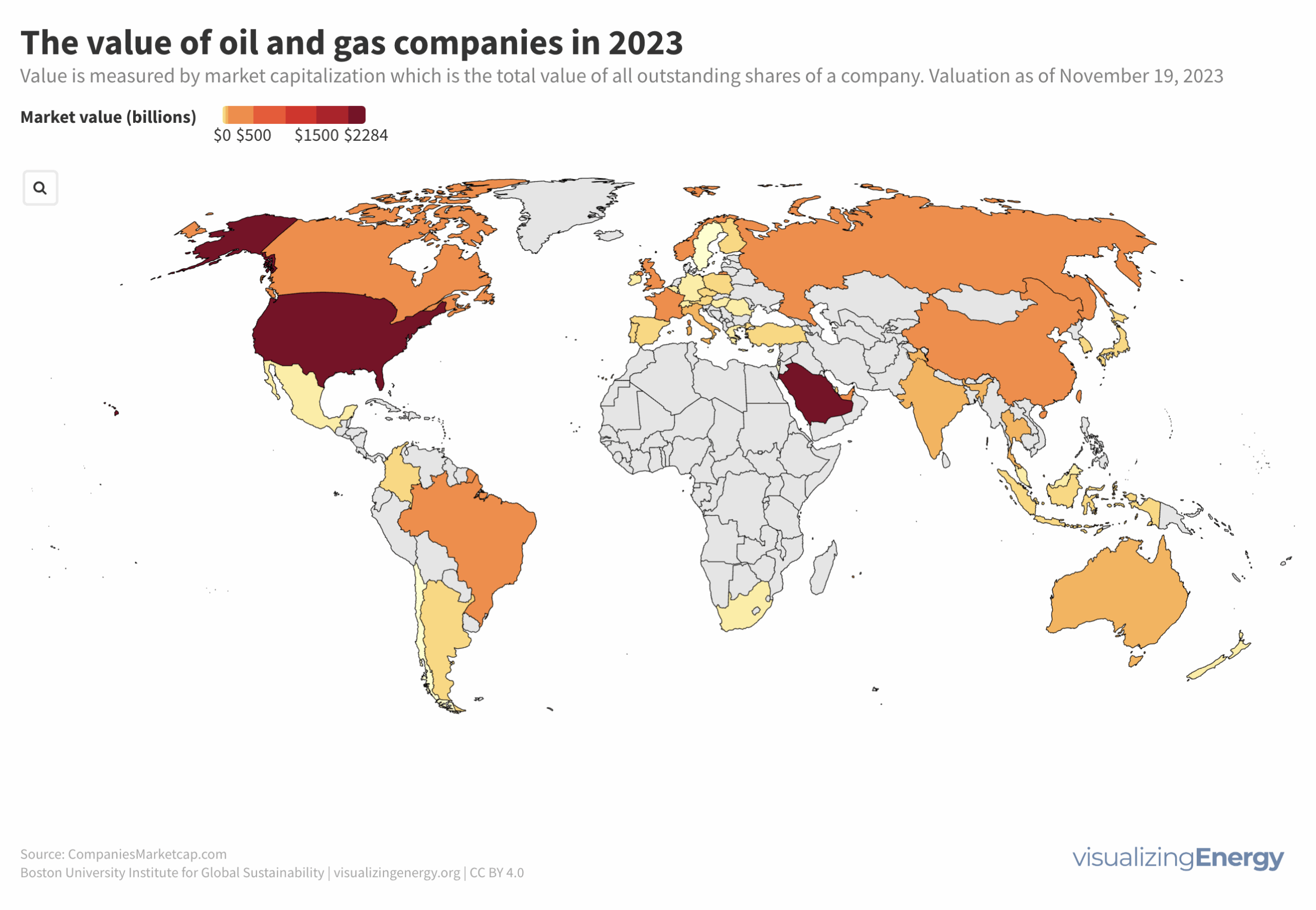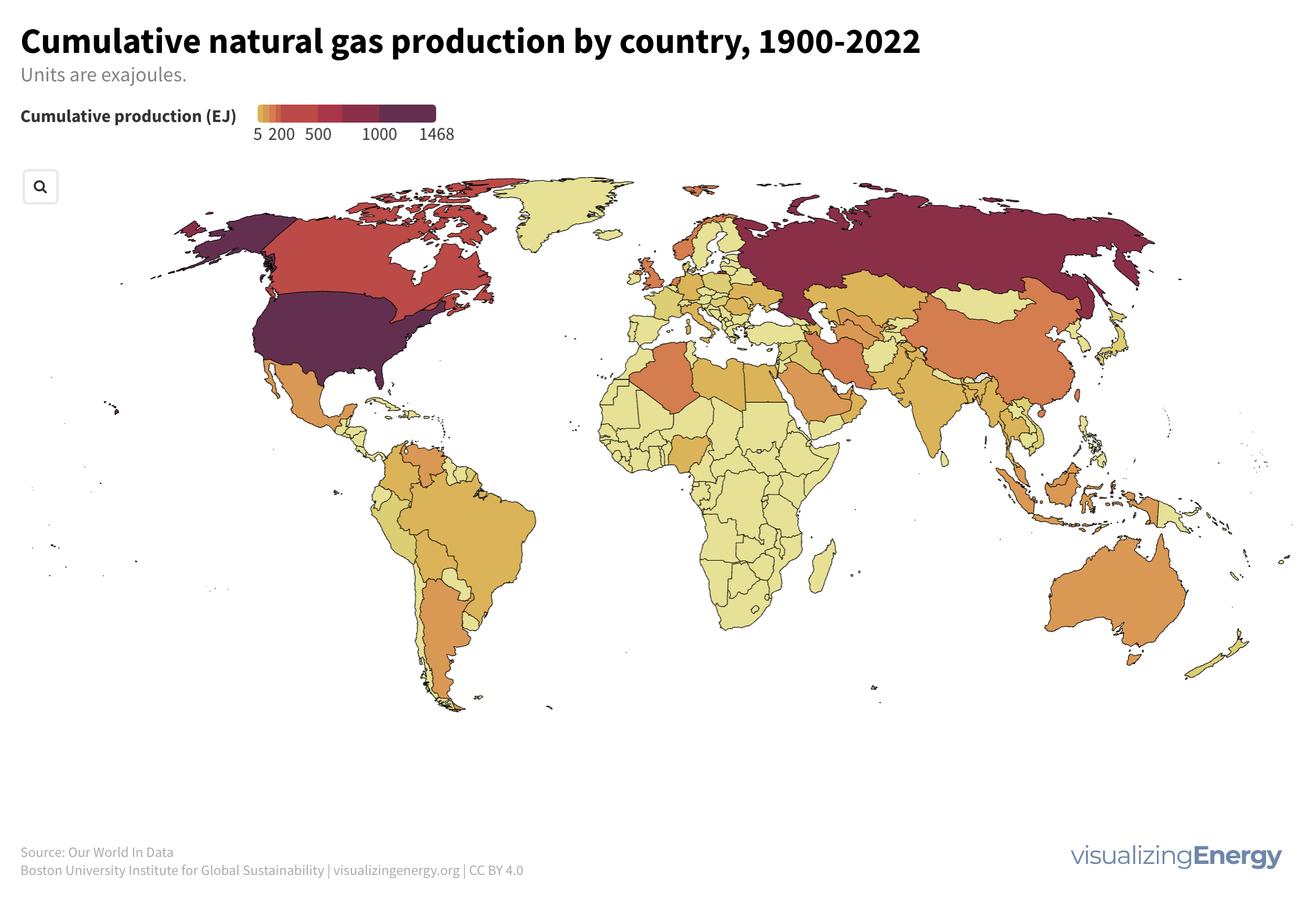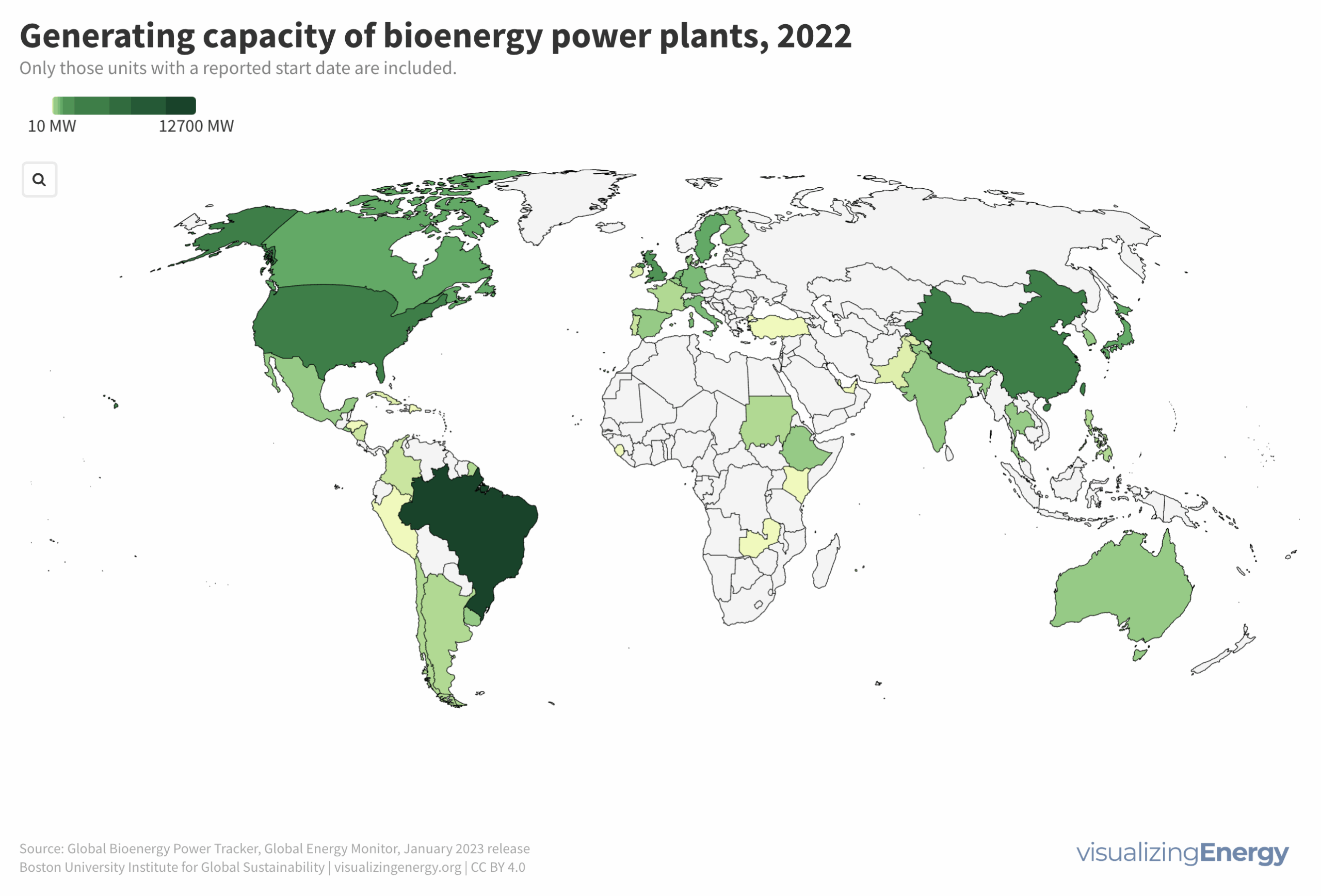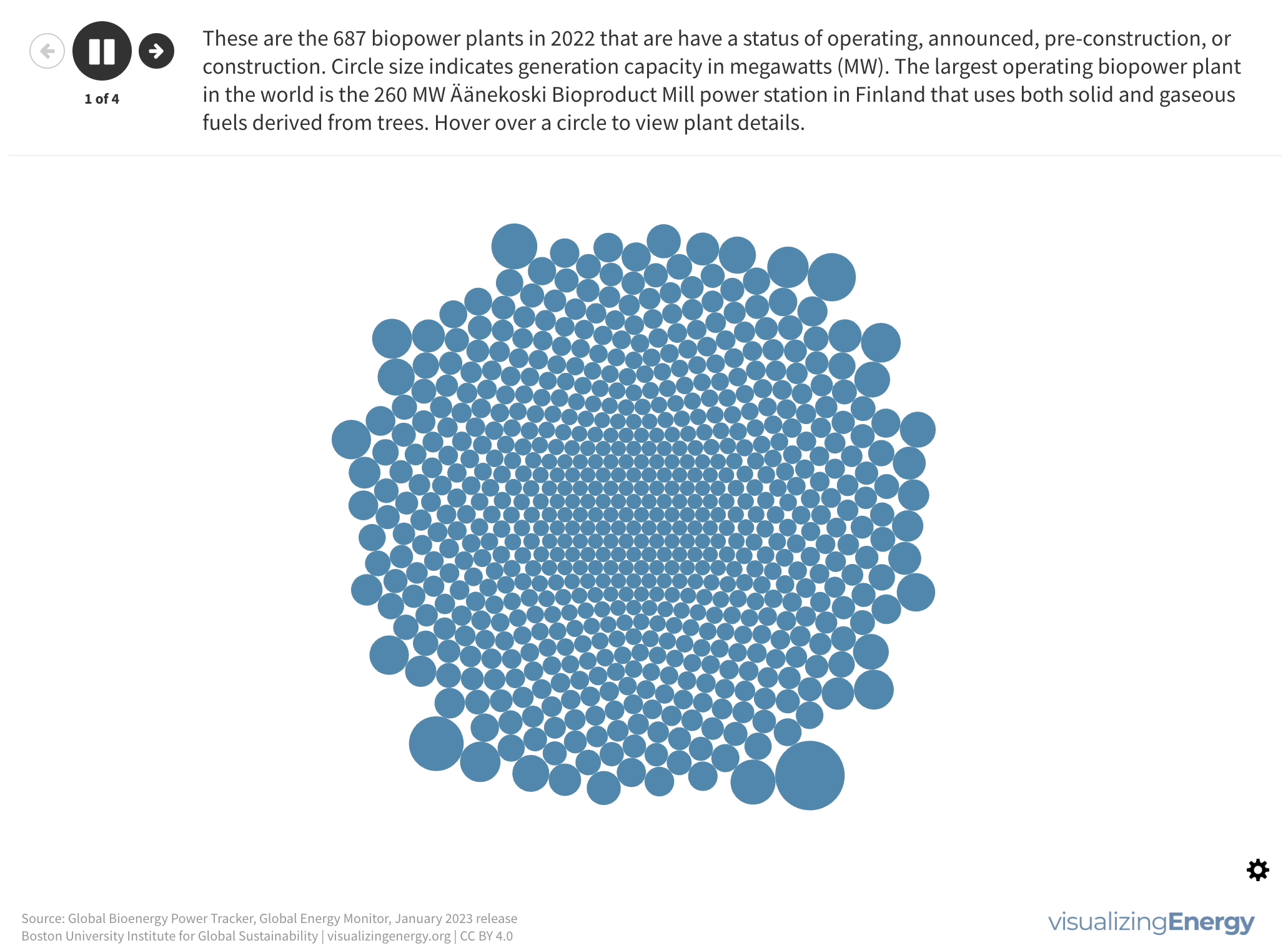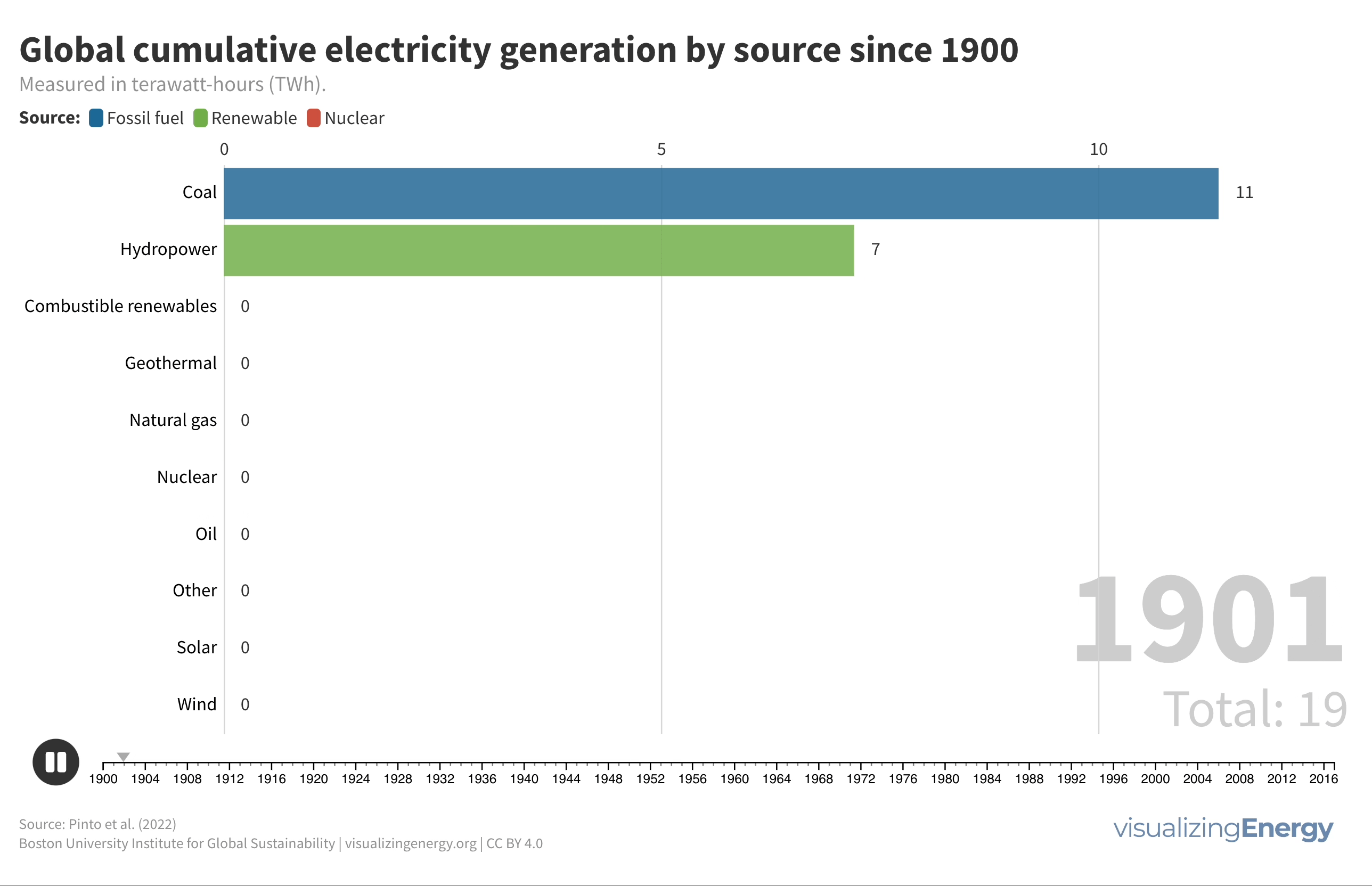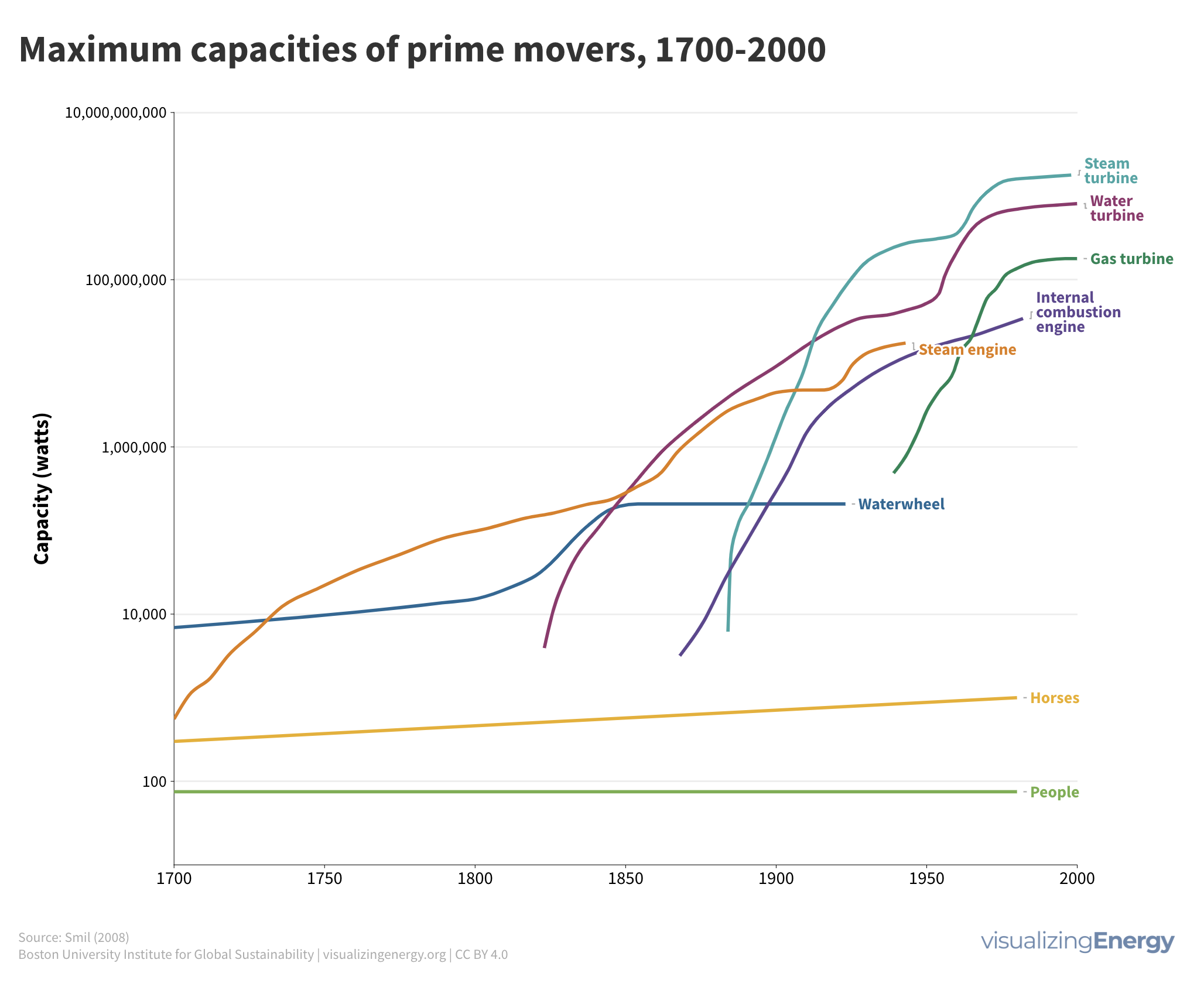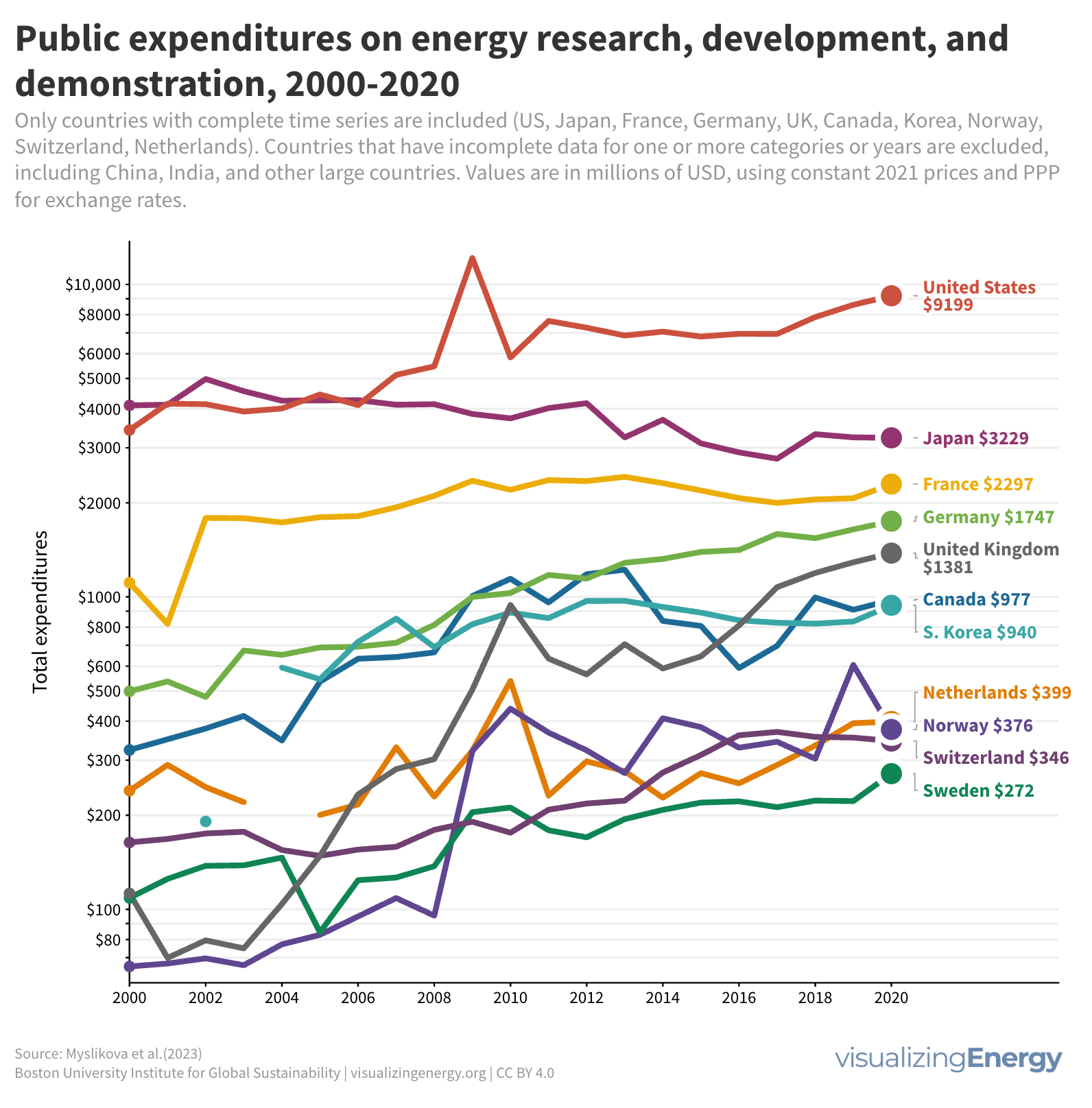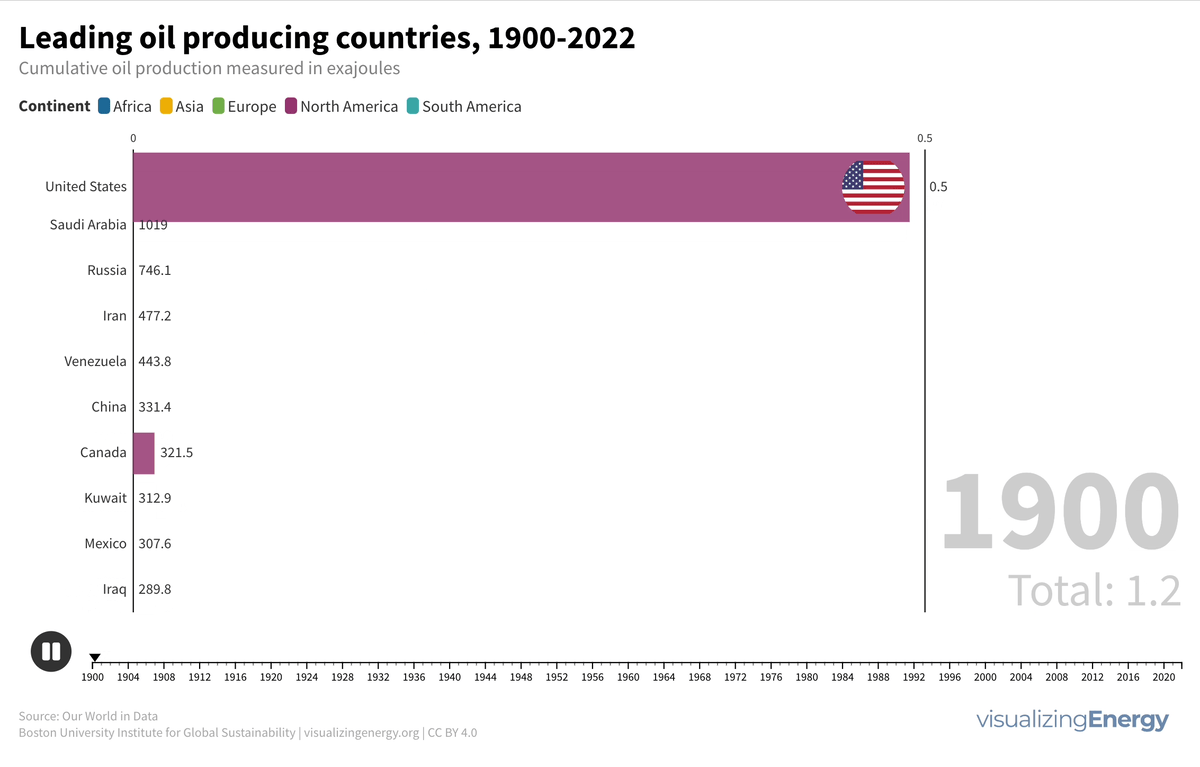
The history of global oil production
The commercial extraction of oil began in the 19th century in the US and Russia, initially for kerosene production. The introduction of the internal combustion engine increased oil demand. The Spindletop discovery in 1901 accelerated US oil production. OPEC’s formation in 1960 and market conditions led to price volatility, with consumption rising steadily in the 2000s.

